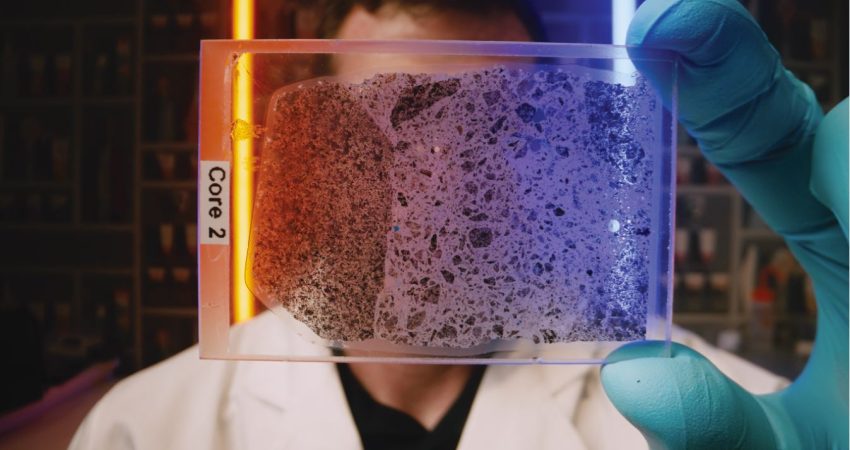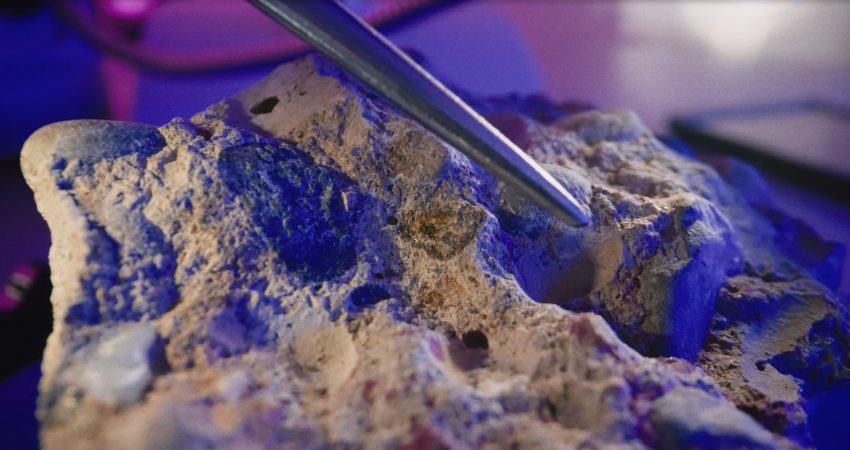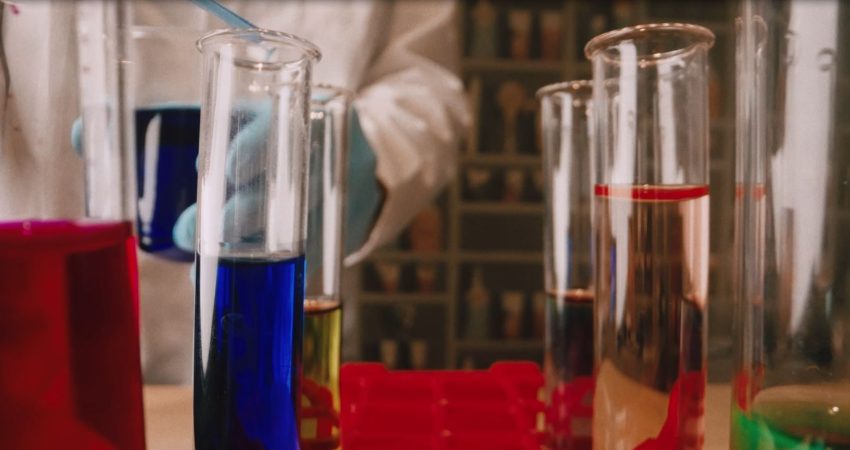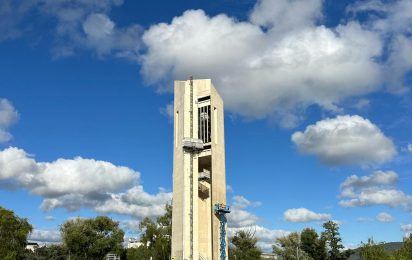Petrography, combined with chemical analysis, provides crucial insights into the contents of heritage mortars, making it possible to produce new mixes that best match the original materials.
Petrography – the scientific study of rocks and minerals through microscopic analysis – plays a crucial role in characterising heritage mortars. These mortars are vital for both the structural integrity and historical authenticity of heritage structures. They also vary significantly in composition and properties, depending on their historical context and the regional materials used.
Heritage mortars are typically composed of a binder (such as lime or cement), aggregates, and sometimes additives, and they reflect the technological and material choices at the time of construction. Lime-based mortars, common in ancient Roman and medieval structures, are characterised by a mix of lime (slaked from limestone) and natural aggregates, such as sand or crushed stone. Cement-based mortars, which emerged later, incorporate portland cement
and yield a much harder product.
Petrographic analysis of these mortars involves examining thin sections under a microscope to identify mineral components, and assess their texture and structure. This analysis can reveal valuable information about the original materials, the construction techniques that were used and the extent of degradation over time. By combining this technique with chemical analysis, the volumetric proportions of the original mix can be identified.
Understanding the petrography of heritage mortars is essential for effective conservation. It allows us to match historical materials when restoring structures and ensure that remedial works do not compromise a building’s integrity or authenticity.
Additionally, it assists in the development of strategies to mitigate further deterioration by identifying vulnerabilities and recommending suitable conservation methods.
Insight into the composition and condition of heritage mortars, supports the preservation of our cultural heritage and ensures that historical buildings continue to serve as a testament to past architectural achievements.
About the author
Daniel Cukierski
Laboratory Manager, MEnD
Daniel Cukierski is the laboratory manager at MEnD – a wholly owned subsidiary of Duratec. Dan studied at the University of Illinois Urbana-Champaign and the University of Iowa in the US, and has a master’s in geoscience. He is now based in Perth, WA.
In his role as laboratory manager, Dan oversees the testing and analysis of concrete, aggregate and other building materials for a diverse range of projects and clients. With more than 10 years of experience, Dan specialises in the forensic investigation and diagnosis of deterioration to materials using various methods and instrumentation.








